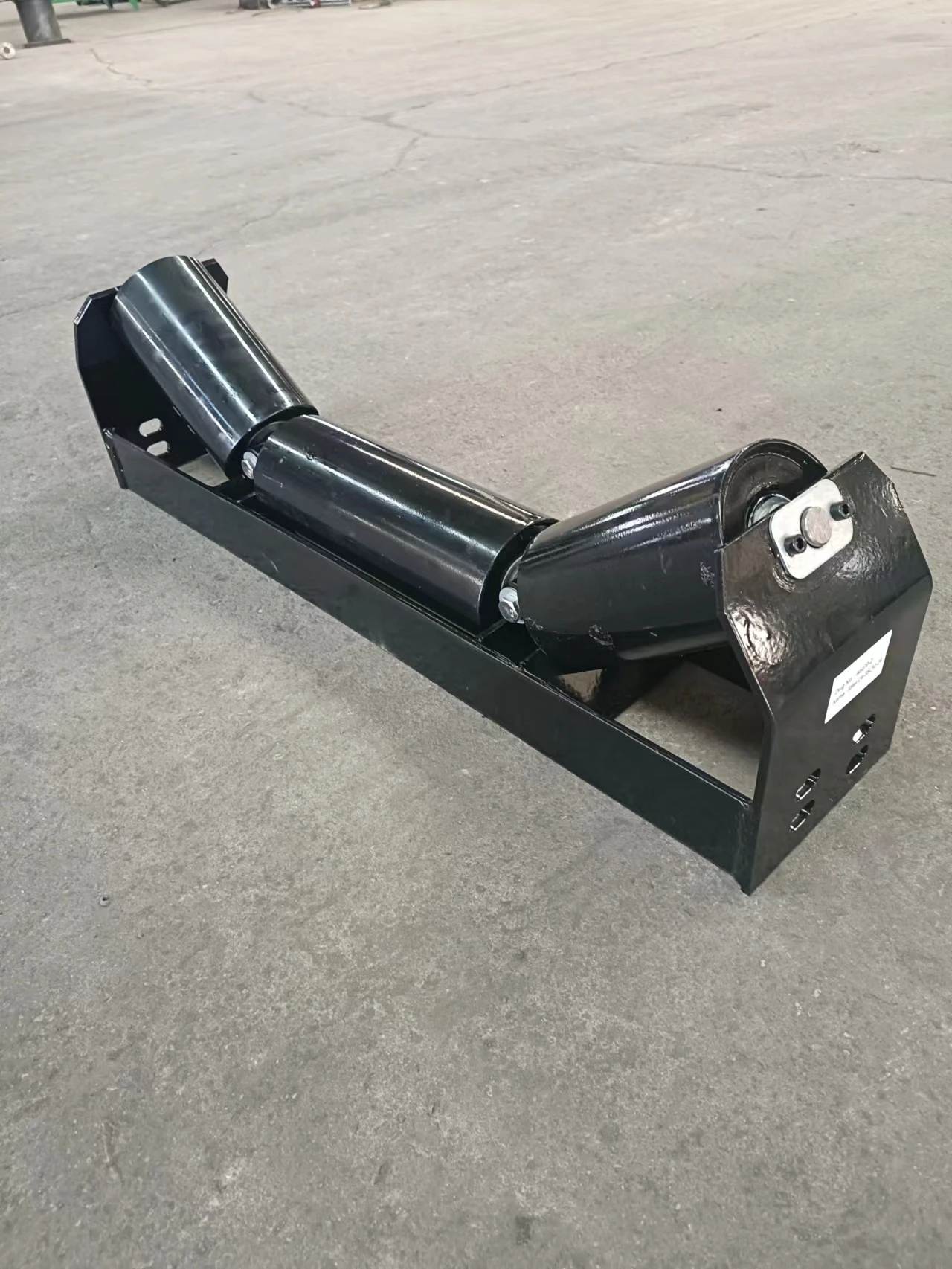 Afrikaans
Afrikaans  Albanian
Albanian  Amharic
Amharic  Arabic
Arabic  Armenian
Armenian  Azerbaijani
Azerbaijani  Basque
Basque  Belarusian
Belarusian  Bengali
Bengali  Bosnian
Bosnian  Bulgarian
Bulgarian  Catalan
Catalan  Cebuano
Cebuano  Corsican
Corsican  Croatian
Croatian  Czech
Czech  Danish
Danish  Dutch
Dutch  English
English  Esperanto
Esperanto  Estonian
Estonian  Finnish
Finnish  French
French  Frisian
Frisian  Galician
Galician  Georgian
Georgian  German
German  Greek
Greek  Gujarati
Gujarati  Haitian Creole
Haitian Creole  hausa
hausa  hawaiian
hawaiian  Hebrew
Hebrew  Hindi
Hindi  Miao
Miao  Hungarian
Hungarian  Icelandic
Icelandic  igbo
igbo  Indonesian
Indonesian  irish
irish  Italian
Italian  Japanese
Japanese  Javanese
Javanese  Kannada
Kannada  kazakh
kazakh  Khmer
Khmer  Rwandese
Rwandese  Korean
Korean  Kurdish
Kurdish  Kyrgyz
Kyrgyz  Lao
Lao  Latin
Latin  Latvian
Latvian  Lithuanian
Lithuanian  Luxembourgish
Luxembourgish  Macedonian
Macedonian  Malgashi
Malgashi  Malay
Malay  Malayalam
Malayalam  Maltese
Maltese  Maori
Maori  Marathi
Marathi  Mongolian
Mongolian  Myanmar
Myanmar  Nepali
Nepali  Norwegian
Norwegian  Norwegian
Norwegian  Occitan
Occitan  Pashto
Pashto  Persian
Persian  Polish
Polish  Portuguese
Portuguese  Punjabi
Punjabi  Romanian
Romanian  Russian
Russian  Samoan
Samoan  Scottish Gaelic
Scottish Gaelic  Serbian
Serbian  Sesotho
Sesotho  Shona
Shona  Sindhi
Sindhi  Sinhala
Sinhala  Slovak
Slovak  Slovenian
Slovenian  Somali
Somali  Spanish
Spanish  Sundanese
Sundanese  Swahili
Swahili  Swedish
Swedish  Tagalog
Tagalog  Tajik
Tajik  Tamil
Tamil  Tatar
Tatar  Telugu
Telugu  Thai
Thai  Turkish
Turkish  Turkmen
Turkmen  Ukrainian
Ukrainian  Urdu
Urdu  Uighur
Uighur  Uzbek
Uzbek  Vietnamese
Vietnamese  Welsh
Welsh  Bantu
Bantu  Yiddish
Yiddish  Yoruba
Yoruba  Zulu
Zulu Understanding the Functionality and Importance of Pulley Systems in Various Applications
Understanding Head and Tail Pulleys in Conveyor Systems
Conveyor systems are vital in various industries, from manufacturing to mining, facilitating the movement of materials over distances efficiently. Among the critical components of these systems are head and tail pulleys, which play an essential role in the functionality and efficiency of conveyor belts.
The Function of Pulleys
Pulleys are simple machines that consist of a wheel on an axle or shaft designed to support movement and change direction of force. In the context of conveyor systems, the head pulley is located at the discharge side, while the tail pulley is positioned at the loading or return side. Both these pulleys work in tandem, enabling the continuous movement of the conveyor belt.
The head pulley is responsible for driving the belt forward. It’s typically connected to a motor that spins it, pulling the belt around. This movement allows materials to be transported from one location to another. The tail pulley, on the other hand, serves as a return pulley, providing tension to the belt and helping it to maintain the correct alignment. It is crucial that both pulleys work efficiently to ensure the smooth operation of the entire conveyor system.
Importance of Design
The design of head and tail pulleys significantly impacts the performance of conveyor systems. Head pulleys are often equipped with features such as lagging—a rubber covering that provides traction and minimizes slippage between the pulley and the belt. This is particularly important in heavy-duty applications where the conveyor system transports heavy materials, as slippage can lead to inefficiencies and increased wear on the belt.
Tail pulleys also require careful design to ensure they provide the necessary tension for proper belt operation. Insufficient tension can result in belt misalignment and increased wear on both the belt and the pulleys. Tail pulleys may include adjustments to accommodate varying belt lengths and ensure that the right amount of tension is applied, promoting the longevity of the system.
head and tail pulley

Maintenance Practices
Like any mechanical components, head and tail pulleys require regular maintenance to function optimally. Regular inspections should be conducted to check for signs of wear, such as cracks or surface damage, particularly on the lagging of head pulleys. Proper lubrication is also essential; it reduces friction and wear on bearing components.
Belt alignment is another critical maintenance aspect. Misalignment can lead to uneven wear and damage to the belt and pulleys, negatively affecting the overall performance of the conveyor system. Implementing tracking devices can help monitor the belt's position and make necessary adjustments to keep everything in alignment.
Advanced Technologies
With advancements in technology, the effectiveness of head and tail pulleys has improved. The integration of sensors and automation systems can optimize performance. For instance, intelligent monitoring systems can provide real-time data on the condition of the pulleys, alerting operators to potential issues before they lead to failure. This kind of predictive maintenance can save time and money while minimizing downtime.
Moreover, the installation of head and tail pulley systems can be enhanced with better materials designed to withstand harsh conditions, temperature variances, and corrosive environments. This results in longer-lasting equipment that requires less frequent replacement, ultimately improving the efficiency of the entire conveyor system.
Conclusion
Head and tail pulleys are fundamental components of conveyor systems, playing a crucial role in the movement and efficiency of material handling processes. The design, maintenance, and recent advancements in technology enhance their functionality and reliability, ensuring that industries can operate smoothly and effectively. By understanding and optimizing these components, businesses can significantly improve their operational productivity, reduce downtime, and enhance overall efficiency in their material handling processes. As industries evolve, so too does the importance of efficient conveying solutions, making the role of head and tail pulleys even more critical in the quest for operational excellence.
-
Revolutionizing Conveyor Reliability with Advanced Rubber Lagging PulleysNewsJul.22,2025
-
Powering Precision and Durability with Expert Manufacturers of Conveyor ComponentsNewsJul.22,2025
-
Optimizing Conveyor Systems with Advanced Conveyor AccessoriesNewsJul.22,2025
-
Maximize Conveyor Efficiency with Quality Conveyor Idler PulleysNewsJul.22,2025
-
Future-Proof Your Conveyor System with High-Performance Polyurethane RollerNewsJul.22,2025
-
Driving Efficiency Forward with Quality Idlers and RollersNewsJul.22,2025





























